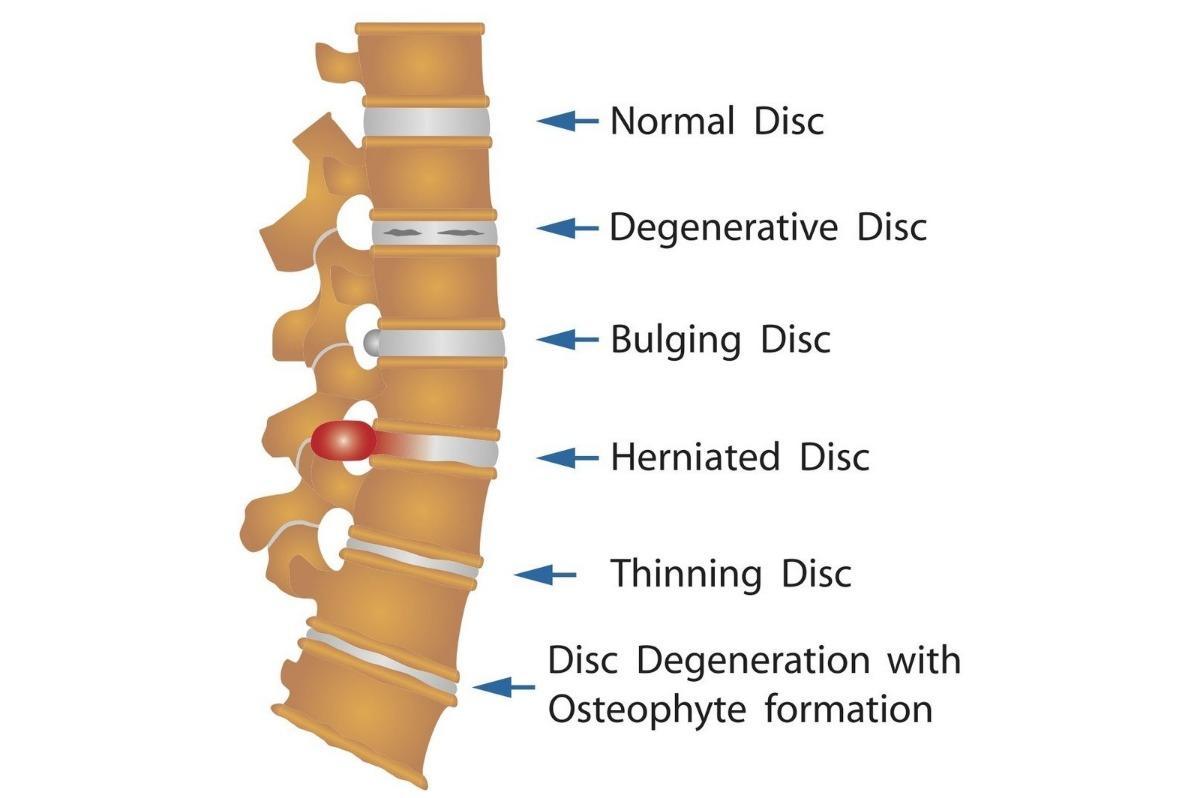Spinal Disc Problems
Are you suffering from symptoms of spinal disc problems?
The Spine Specialists at MD West ONE can properly treat and diagnose any spinal disc issues through surgical and non-surgical treatments. If you have the following symptoms, you may want to make an appointment with one of our Board Certified Specialists.
- Numbness or tingling in your arms or legs
- Muscle weakness
- Impaired mobility
- Back pain

What are spinal discs?
Spinal discs, also called intervertebral discs, are rubbery pads between the vertebrae and the spinal column's bones. There are 23 spinal discs that make up the spinal cord. Each disc is a flat, circular capsule about an inch in diameter and one-quarter inch thick. They all have a tough outer membrane known as the annulus fibrosus surrounding a stretchy core called the nucleus pulposus.
Spinal discs are held firmly between the vertebrae by ligaments that connect the spinal bones and the surrounding muscles. There is not much room for the discs to move. Sticking out like wings on the rear parts of the vertebrae are facet joints, which allow the vertebrae to turn and move. Facet joints are separate from the discs and keep the vertebrae from excessive bending or twisting, harming the spinal cord.
Although they are sometimes referred to as "shock absorbers" for the spine, discs are far from flexible as springs. In children, tiny sacs of gel or fluid support the discs. The soft inner material begins to harden in early adulthood. As you age, the discs adopt the consistency of a hard piece of rubber. These changes—a normal process during aging—weaken the outer protective lining and make the discs more injury-prone.

Some examples of spinal disc issues are:
- Degenerative Disc
- Bulging Disc
- Herniated Disc
- Thinning Disc
- Disc Degeneration with Osteophyte Formation







